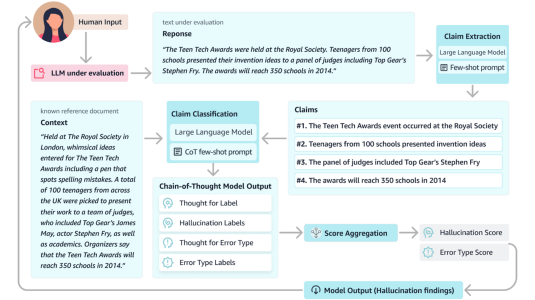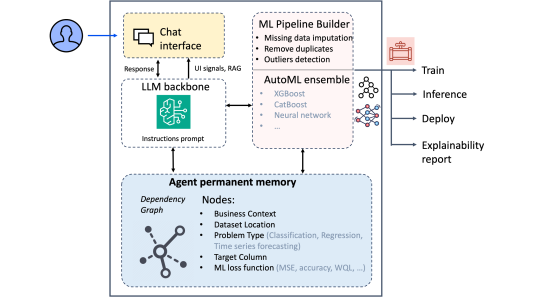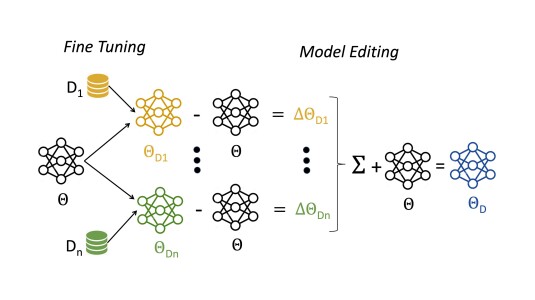Multi-instance pose networks: Rethinking top down pose estimation
2021
A key assumption of top-down human pose estimation approaches is their expectation of having a single person/instance present in the input bounding box. This often leads to failures in crowded scenes with occlusions. We propose a novel solution to overcome the limitations of this fundamental assumption. Our Multi-Instance Pose Network (MIPNet) allows for predicting multiple 2D pose instances within a given bounding box. We introduce a Multi-Instance Modulation Block (MIMB) that can adaptively modulate channel-wise feature responses for each instance and is parameter efficient. We demonstrate the efficacy of our approach by evaluating on COCO, CrowdPose, and OCHuman datasets. Specifically, we achieve 70:0 AP on CrowdPose and 42:5 AP on OCHuman test sets, a significant improvement of 2:4 AP and 6:5 AP over the prior art, respectively. When using ground truth bounding boxes for inference, MIPNet achieves an improvement of 0:7 AP on COCO, 0:9 AP on CrowdPose, and 9:1 AP on OCHuman validation sets compared to HRNet. Interestingly, when fewer, high confidence bounding boxes are used, HRNet’s performance degrades (by 5 AP) on OCHuman, whereas MIPNet maintains a relatively stable performance (drop of 1 AP) for the same inputs.
Research areas




